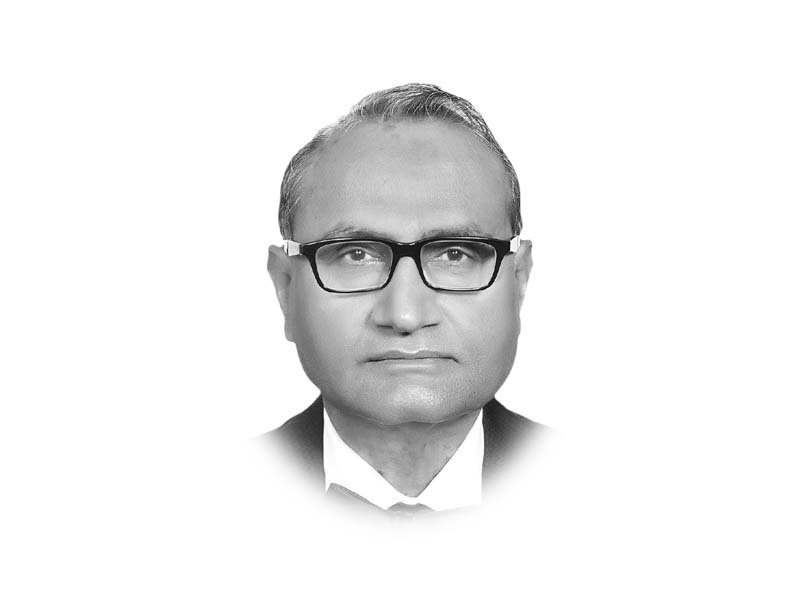
In 2016-17, all governments in Pakistan — federal, provincial, local and special areas — utilised a sum of Rs622.1 billion or 1.95 per cent of GDP. By any reckoning this is not good enough. Budgets for 2017-18 promise to take it to 2.5 per cent. All education policies, past and present, set the goal of 4 per cent. Is the private sector filling the huge gap? The Pakistan Economic Forum (PEF), which meets regularly on the last Friday of every month in Islamabad for over two decades, invited me last week to address this question. The PEF is an initiative of the venerable Saeed Ahmad Qureshi, who has been federal education secretary and deputy chairman of the Planning Commission. In the 1950s and the 1960s, there was no concept of for-profit private education. There was, however, a notable presence of not-for-profit private education in secondary and college education. No university and few private primary schools existed in the private sector. It was generally understood that provision of all education was the responsibility of the state. This understanding was given legislative cover in 1972 when all private educational institutions were nationalised. In the background of the crisis of welfare state in late 1970s and the emergence of neoliberal ideas of deregulation, disinvestment and privatisation, the nationalisation policy was reversed in 1979. This time round, the growth of private sector education was massive, and at all levels of education. With zero taxation on the education sector and low profitability of alternative investments, the for-profit sector in education experienced rapid expansion. The beginnings were elitist school systems and universities like AKU in Karachi and LUMS in Lahore in the 1980s. During the next two decades and a half, the growth mushroomed, for rich and the not-so-rich, rural as well as urban areas, large cities as well as small towns, remote as well as backward regions. Profit was the main driver. Quality took a back seat. More than one-third of the school goers are now said to be in private schools. The number of private universities is now 76, not counting those derecognised by the HEC.
According to Household Integrated Economic Survey (HIES) 2015-16, 86.44 per cent of the private consumption expenditure on education goes into private fees and other expenses. But the annual growth of education spending since 2011-12 was only 1.5 per cent compared to 9.8 per cent for the total consumption expenditure. This is because the education price index increase (10.5 per cent) has been sharper than the increase in overall CPI (3.7 per cent) since 2013-14. The rising cost restricts the bottom income quintile to spend only 1.1 per cent on education compared to 5.4 per cent by the top quintile. The average works out at 3.5 per cent.
How much does the private sector add to the total spending on education? Data limitations prevent a straightforward answer. According to HIES 2015-16, an average household spends Rs 1,144 on education every month. Using the household count of the latest census, the total spending comes to 1.4 per cent of GDP. Similarly, fixed capital formation in the same year was 0.14 per cent of GDP. Thus, the private sector expenditure aggregates to 1.54 per cent of GDP. In the same year, public expenditure on education was 2.24 per cent of GDP. The nation as a whole spent 3.79 per cent of GDP on education. There is some double-counting here due to public subsidies and grants to the private sector, besides public- private partnerships. The total cannot be more than 3.5 per cent of GDP. Both public and private sectors are lagging behind in creating the capacity to achieve full access and better quality.
Published in The Express Tribune, October 6th, 2017.
Like Opinion & Editorial on Facebook, follow @ETOpEd on Twitter to receive all updates on all our daily pieces.
































































COMMENTS
Comments are moderated and generally will be posted if they are on-topic and not abusive.
For more information, please see our Comments FAQ